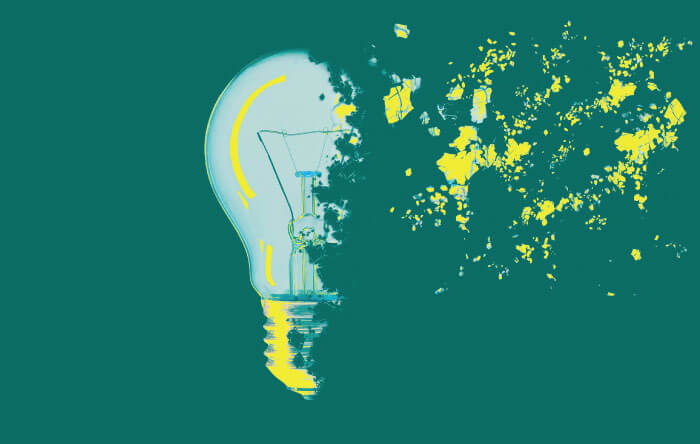
1. Communication between the eye and the brain is clearly critical to our sense of sight. But the exact molecular mechanisms have been a source of speculation – until now. Using advanced mass spectrometry, a team at Scripps Research Institute has discovered how visual signals are distributed throughout the brain. The team identified upwards of 1,000 protein types that originate in the eye’s retinal ganglion cells. They then watched how – and where – they traveled via the optic nerve in a living brain of a rat. The team evaluated the two major targets: the superior colliculus, which analyzes motion, and the lateral geniculate nucleus, which sends information to the visual cortex. Researchers found that similar proteins didn’t always share a common destination, rather, many proteins were transported preferentially to one brain region, while some were transported to all of the regions studied. Though still in its infancy, the study expands accepted understanding of the visual system and, according to researchers, will hopefully lead to enhanced treatments in the future. Watch this space.
2. A collaboration between the University of Geneva and the École Polytechnique Fédérale de Lausanne may have answered the most fundamental question in ophthalmology: how is the retina formed? Sequencing more than 6,000 cells during embryonic development, the researchers did more than just uncover how – and why – certain neurons become associated with certain parts of the visual system; by predicting the sequential activation of neural genes, the team were able to reconstruct several differentiation programs, similar to lineage trees, showing how the progenitors progress to one cell type or another after their last division. They then conducted a secondary analysis, comparing the genetic diversity of two neuron populations – those associated with the left and right eye – discovering 24 genes that could play a key role in three-dimensional vision. The team hopes to continue their research, explaining that the more we know about the molecules needed to appropriately guide axons, the more likely we are to develop a therapy to treat nerve trauma.
3. We often hear of design mimicking nature – but sometimes it feels the other way round. Take the larval mantis shrimp – a crustacean that is able to simultaneously reflect and transmit light. How? Thanks to the crystal-like structure of its photoreceptors – natural analogs of the synthetic Fiber Bragg Grating, a visual filter used for monitoring in extreme environments. The similarity was discovered by researchers at The University of Minnesota while studying how vision informs and influences animal behavior, physiology and evolution. The team found that of the 17 families of mantis shrimp, only one – Nannosquillidae – possess these reflectors, believed to help detect bioluminescent targets. The filters are located within the rhabdom of larval compound eyes and selectively reflect a band of yellow light from a crystalline assembly of small, spherical units within the structure. While interesting in its own right, the findings open the door for even more exciting possibilities, as lead author, Kathryn Feller, explains: “The big question is what this new larval visual system can tell us about the evolution of adult mantis shrimp color vision, which is the most complex on the planet.”
References
- M Lucio et al., “The retinal ganglion cell transportome identifies proteins transported to axons and presynaptic compartments in the visual system in vivo”, Cell Reports, 28, 1935 (2019). PMID: 31412257.
- Q Guidice et al., “Single-cell transcriptional logic of cell-fate specification and axon guidance in early born retinal neurons”, Development, 146 (2019). PMID: 31399471.
- K Feller et al., “Long-wavelength reflecting filters found in the larval retinas of one mantis shrimp family”, Curr Biol, 27 (2019). PMID: 31474538.
